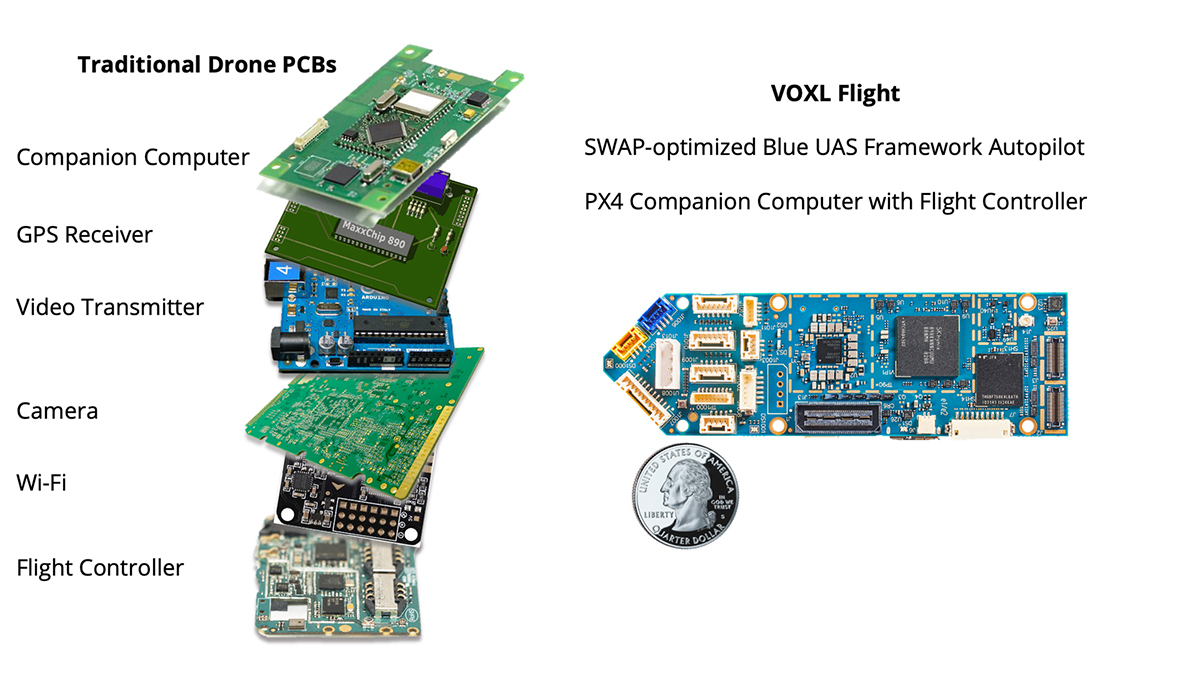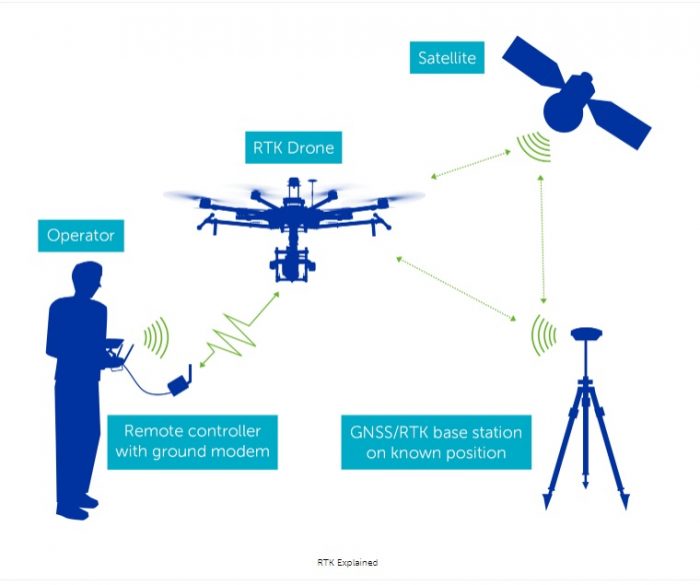SparkNavi Drone Flight Controller and GNSS/INS Made in Taiwan: Accuracy and Advancement
SparkNavi Drone Flight Controller and GNSS/INS Made in Taiwan: Accuracy and Advancement
Blog Article
Understanding the Necessary Features and Features of a Drone Trip Controller for Ideal Airborne Efficiency
The trip controller offers as the crucial part in a drone's architecture, orchestrating its motions and making sure security via a sophisticated interplay of sensors and data handling. Recognizing the vital functions and features of these controllers is crucial for maximizing aerial efficiency, as they determine not just navigational precision however also overall safety and reliability. With developments in technology, the landscape of trip controllers is swiftly progressing, triggering a better evaluation of what truly specifies optimum performance in this important system. What ramifications do these developments hold for both enthusiasts and specialists in the area?
Summary of Trip Controllers
When checking out the world of drone modern technology, understanding trip controllers is important for both enthusiasts and experts alike. Trip controllers offer as the brain of the drone, coordinating its motions and ensuring stability throughout flight (SparkNavi drone flight controller and GNSS/INS made in taiwan). They process information from various sensing units, consisting of gyroscopes, measures, and accelerometers, to keep equilibrium and react to pilot inputs properly
The architecture of trip controllers can differ substantially, varying from standard variations created for entry-level drones to advanced systems furnished with advanced functions for specialist applications. The integration of GPS abilities allows precise navigation and positioning, while programmable firmware enables customers to customize flight qualities to fit their details needs.
Furthermore, flight controllers are essential in assisting in interaction between the drone and the remote control, enabling real-time modifications and telemetry data transmission. Comprehending the different sorts of trip controllers, consisting of multi-rotor, fixed-wing, and crossbreed systems, is important for picking the ideal model for a given application. Eventually, a comprehensive grasp of flight controllers not just boosts the flying experience yet also takes full advantage of the performance and security of drone procedures.
Secret Functions of Trip Controllers
Trip controllers play an essential function in taking care of a drone's flight dynamics by performing a number of vital features that make sure security and responsiveness. Among the key features is the stabilization of the drone's orientation and altitude. This is attained via the combination of various sensors, consisting of gyroscopes, accelerometers, and measures, which constantly keep track of the drone's position and activity.
.png)
An additional crucial feature is the processing of control inputs from the pilot or self-governing systems. The flight controller analyzes these inputs and changes the drone's motor rates accordingly to attain the preferred flight course. This includes handling pitch, yaw, and roll, which are critical for maneuverability.
Additionally, trip controllers are geared up with fail-safe devices. These functions are created to reply to essential circumstances, such as reduced battery degrees or loss of signal, by initiating predefined activities like returning to the launch factor or floating in position.

Necessary Attributes to Consider
When selecting a drone trip controller to make sure optimal performance and integrity,Various crucial features must be taken into account. One important facet is the controller's processing power, which identifies its capacity to take care of complex flight algorithms and real-time information processing. A greater processing capacity improves responsiveness and stability during trip.
Another essential attribute is the variety of supported flight modes. A flexible trip controller should provide different modes, consisting of acro, elevation hold, and GPS-assisted settings, providing to different pilot skill levels and operational situations. In addition, the visibility of built-in safety functions, such as fail-safes and geofencing, can dramatically enhance operational safety.
Compatibility with numerous interaction methods is additionally vital, as it guarantees smooth combination with various other gadgets and helpful hints peripherals, such as remote controllers and telemetry systems. The controller's firmware should be user-friendly and routinely updated to incorporate brand-new functions and optimizations.
Assimilation With Sensing Units and Solutions
A flight controller's performance is heavily affected by its capacity to incorporate with different sensors and systems. This integration is essential as it enables the trip controller to get real-time data necessary for effective trip administration. Secret sensors consist of GPS, inertial dimension systems (IMUs), barometers, and magnetometers, each giving essential info regarding the drone's placement, positioning, and altitude.

Additionally, progressed trip controllers support assimilation with payload systems, consisting of video cameras and other sensing units, allowing boosted capabilities such as self-governing navigating and challenge evasion. This interconnectedness not only enhances the drone's functional capabilities however additionally expands its application potential throughout numerous markets, from airborne photography to farming tracking. Hence, a well-integrated flight controller is basic for achieving optimum aerial efficiency and making sure the reliability of drone operations.
Tips for Optimizing Efficiency
To take full advantage of the performance of your drone, a number of key approaches can be utilized that emphasis helpful hints on enhancing both equipment and software application parts. Make sure that the flight controller firmware is up to date.
Following, calibrate your sensing units, including the look these up accelerometer and gyroscope, to make certain precise analyses. Proper calibration decreases drift and enhances trip security, particularly throughout complex maneuvers. Furthermore, consider updating the equipment elements, such as props and motors, to improve thrust and performance. Top quality propellers can lower drag and increase flight time.
Adjust your trip setups, consisting of PID (Symmetrical, Important, Acquired) values, to accomplish smooth and responsive handling. By implementing these strategies, drone operators can dramatically enhance airborne efficiency, leading to a much more satisfying and effective flying experience.
Conclusion
In verdict, an extensive understanding of drone flight controllers is necessary for enhancing airborne performance. By prioritizing these components, operators can substantially elevate the performance and integrity of their drone systems in varied applications.
Flight controllers offer as the mind of the drone, orchestrating its motions and ensuring security throughout flight.Flight controllers play a crucial role in handling a drone's trip dynamics by performing a number of key functions that make sure security and responsiveness. The flight controller analyzes these inputs and adjusts the drone's motor speeds appropriately to attain the desired flight path.Many essential features ought to be taken right into account when picking a drone trip controller to make certain optimal performance and dependability. Therefore, a well-integrated trip controller is fundamental for achieving optimal aerial performance and making sure the dependability of drone procedures.
Report this page